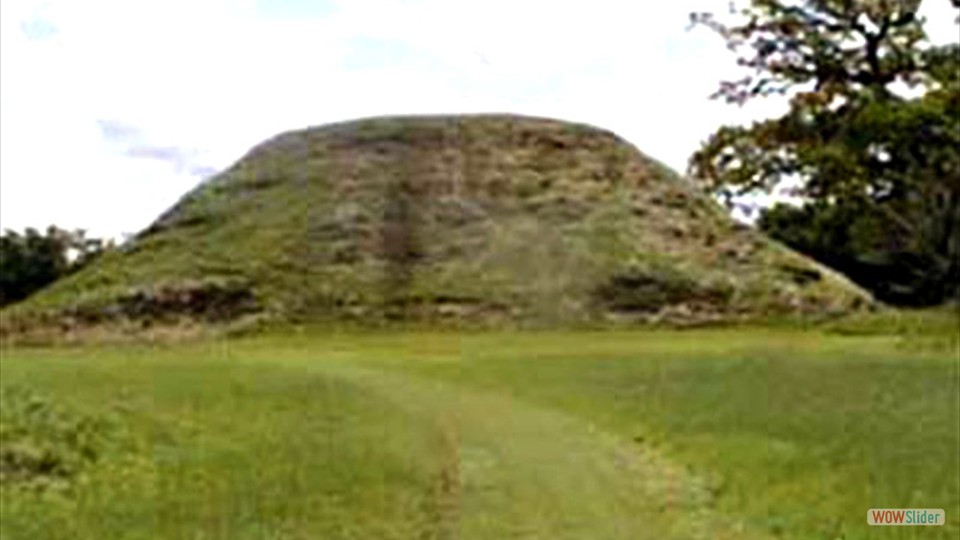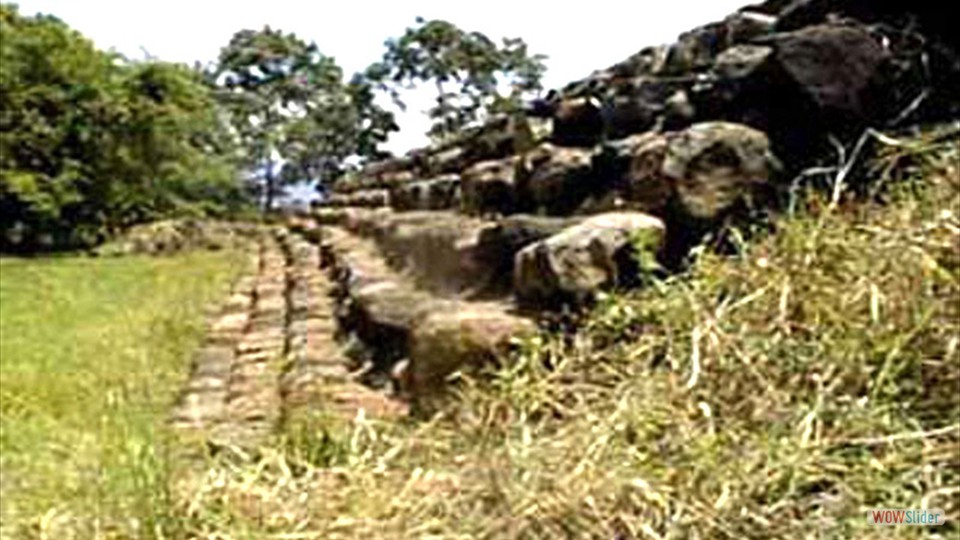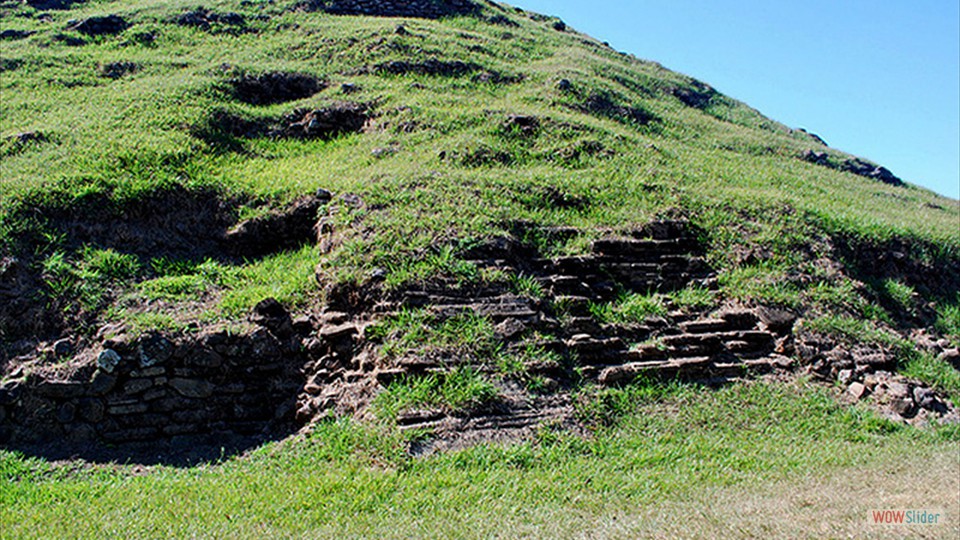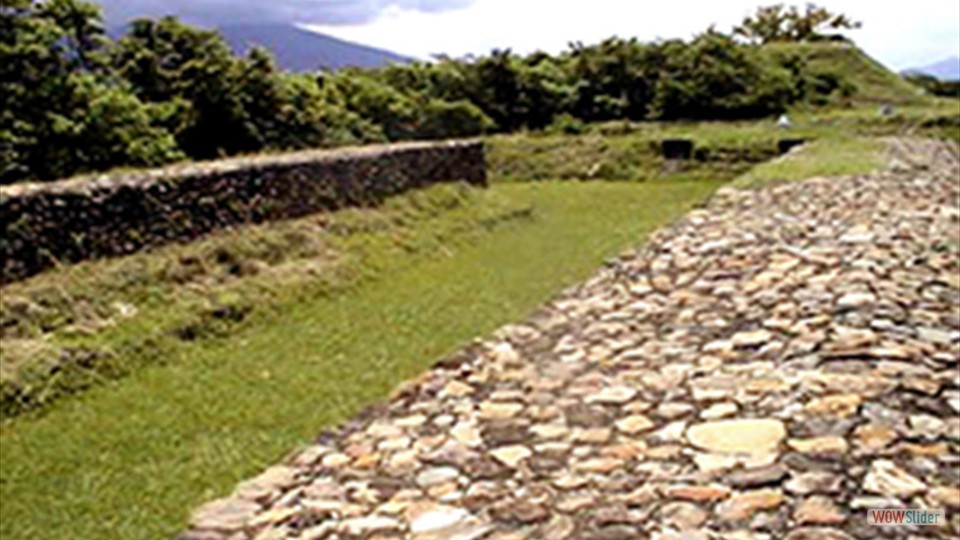Cihuatan is the greatest known site within the country, and only the truely urban one in El Salvador, and includes 2.5 km of continuous constructions, a nucleus of great c?vic and religious constructions surrounded by a compact complex of domestic architecture. To the outside of the site six groups with monumental architecture exist. The nucleus of the site is located on a low volcanic mountain range, the rest on an old lava floor, and in half of the Valley of the Acelhuate; the constructions continue on the low parts of the hills that are in the Valley and both sides of the rivers Acelhuate and Chalchig?e. The Valley of the Acelhuate was and continues to be a route for commerce and people traveling between sights on on the Lempa river, and the rich valleys of the interior and the coasts of the Pacific. Cihuat?n was built on a low ridge in the center of the Acelhuate Valley. From there it could control traffic between the Honduras caribbean, and the rich river valleys and coastal plain of El Salvador. The site was surely picked for defense as well: the Western Ceremonial Center is surrounded by a low wall which probably supported a wooden palisade. The name means "place of the woman," from the imagined silhouette of a woman ("cihua") lying on her back along the ridge of the nearby Guazapa Volcano. The core of the city was the ceremonial centers, with their pyramids, ballcourts, palaces, and other civic and religious buildings. The Western Ceremonial Center is the best-known part of the city. On the edge of the ridge just outside is the West Terrace, which might have been the marketplace. Across a deep gully lies the Eastern Ceremonial Center. The ceremonial platforms of Cihuatan are made of thin slabs of volcanic rock, covering an earthen core. The structures which once stood on them were made of clay plastered over woven sticks ("wattle and daub"), with thatch roofs. Both platforms and the buildings were probably painted. Large hourglass shaped incense burners once stood on the western corners of the platforms, flanking the wide stairs. The houses of the ancient citizens of Cihuatan surround the two major ceremonial centers. Because the city was so large, there are different neighborhoods, each with its own local cluster of ceremonial buildings. Seven of these subsidiary centers have been identified and more may exist. Only one neighborhood, San Diaguito, has been explored. Although houses are quite similar in construction methods, differences in the arrangement of the buildings which formed a household show us something else new about Cihuatan: it was a multi-ethnic city. Some houses are arranged around central patios in the traditional Maya manner. Others are lined up along terraces in a manner which suggests they belonged to Lenca or Xinca people.

Copyright: © 1999 thru 2021. All the content; content being images, statements and writing of this website including E-Book are the copyright of Freedom8.net and Walter F. Petrucci, West Hurley, New York.
All rights expressly reserved and as such, protected by U.S. and International Copyright Laws. Design by freedom8 webmaster Version8.





 1
1 2
2 3
3 4
4 5
5